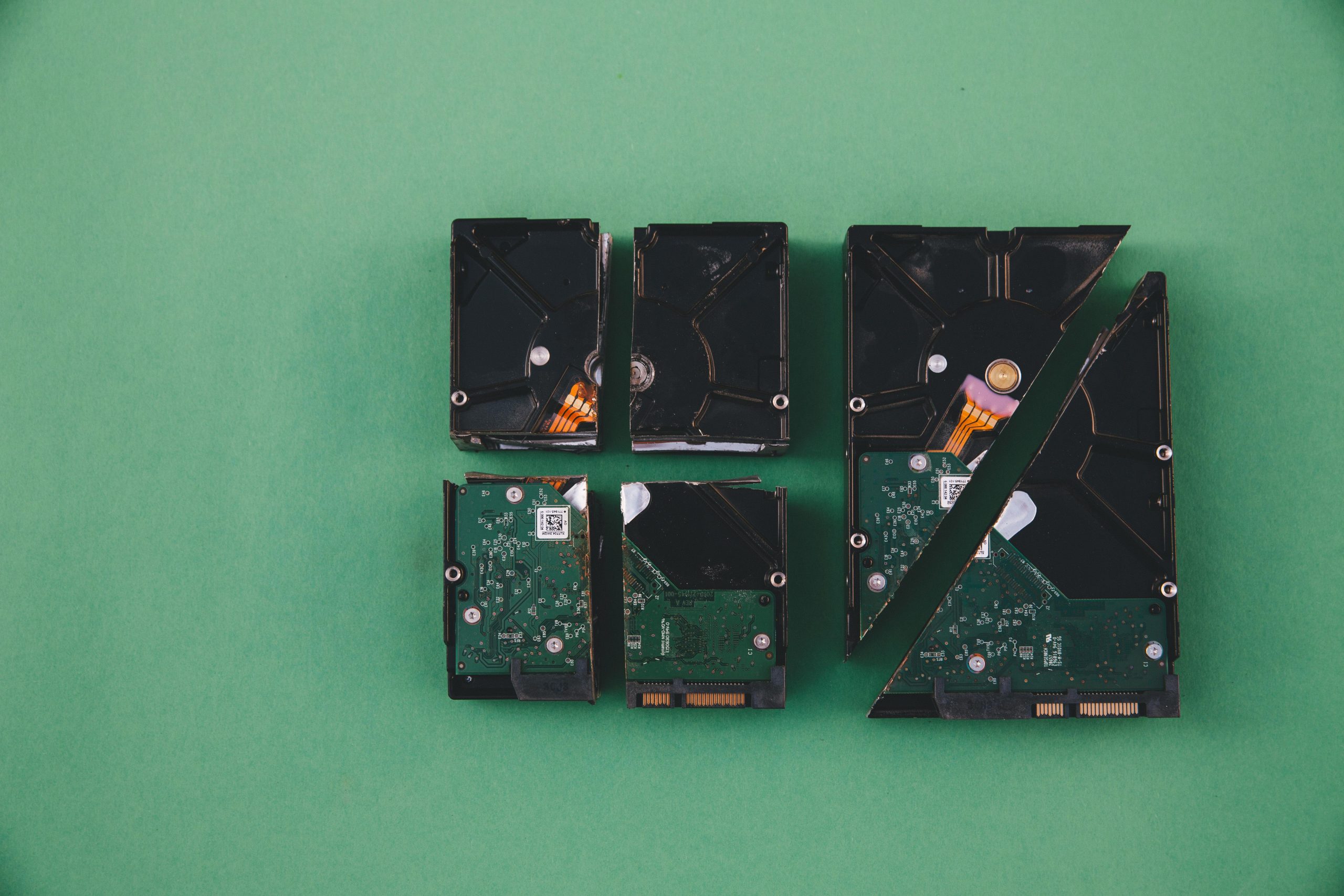Understanding and Troubleshooting Short Circuits in SATA HDDs: A Professional Guide
Introduction
Hard disk drives (HDDs) are critical components in data storage, yet they can sometimes encounter electrical issues that render them inoperable. One common problem involves short circuits caused by incorrect power connections. This article discusses how to diagnose such issues, specifically focusing on identifying potential damage components, such as Transient Voltage Suppressor (TVS) diodes, and evaluating whether a repair or replacement of the PCB (Printed Circuit Board) is advisable.
Case Overview
A recent incident involved a Seagate Barracuda ST2000LM015 HDD where a user mistakenly connected a Molex power adapter with the 12V and 5V lines reversed. This incorrect wiring caused a short circuit, preventing the power supply from booting when the HDD was connected. Notably, there were no visible signs of damage such as burn marks or smells, complicating the diagnosis.
Diagnostic Process
-
Initial Electrical Testing
-
Using a multimeter, the user measured the voltage output on the HDD’s power lanes:
- The 12V line showed no reading, indicating a short or open circuit.
- The 5V line displayed a resistance of approximately 16 ohms, suggesting some residual continuity but not necessarily fault-free.
-
Identifying the Shorted Component
-
The user contemplated removing specific components, notably the TVS diode, to eliminate the short circuit.
-
The TVS diode’s role is to protect against voltage spikes; however, if damaged, it can cause a persistent short.
-
Locating the TVS Diode
-
The challenge was identifying the exact TVS diode on the PCB, as prior searches yielded no conclusive results.
-
Typically, the TVS diode is a larger black diode located near the connector or BIOS chip. Its physical attributes may indicate its function.
-
Testing the Diode
-
Resistance measurements:
- In diode mode, the diode near the connector and BIOS chip showed about 0.002 ohms in both directions, suggesting it might be shorted or damaged.
- The resistance decreased further with continued testing, which is characteristic of a failed or shorted diode.
Assessment and Recommendations
Given the measurements and lack of visible damage, proceed with caution:
-
Desoldering the TVS Diode
-
Carefully desolder the diode to test the circuit without its direct
Share this content:



